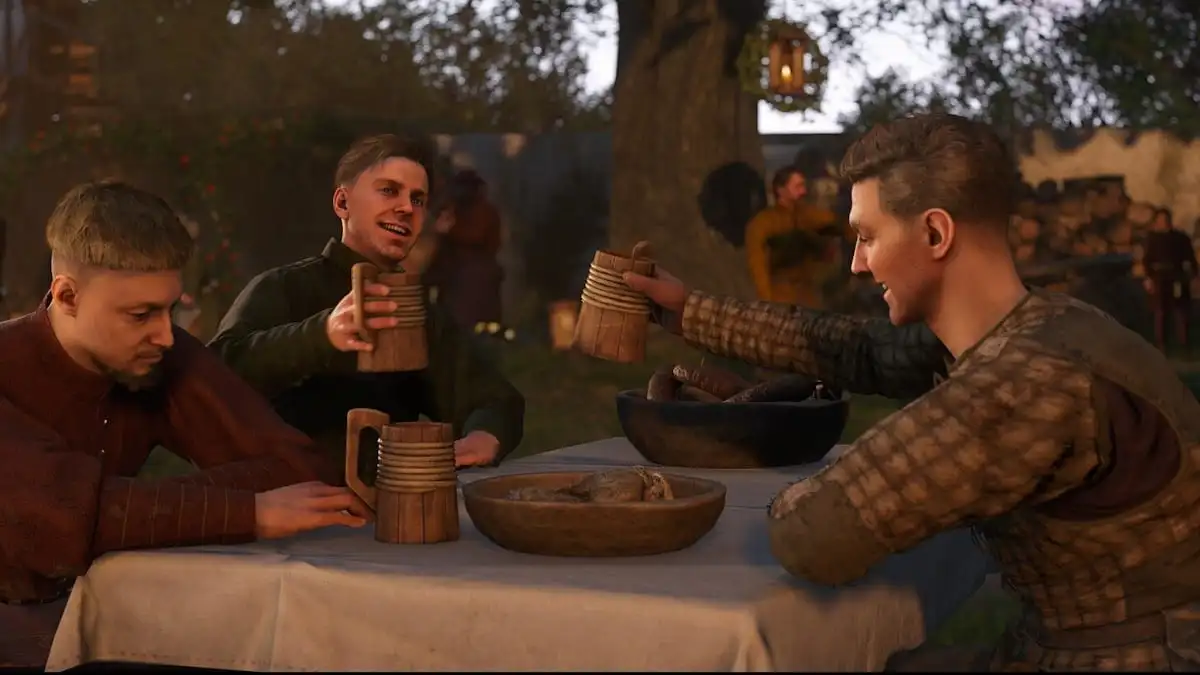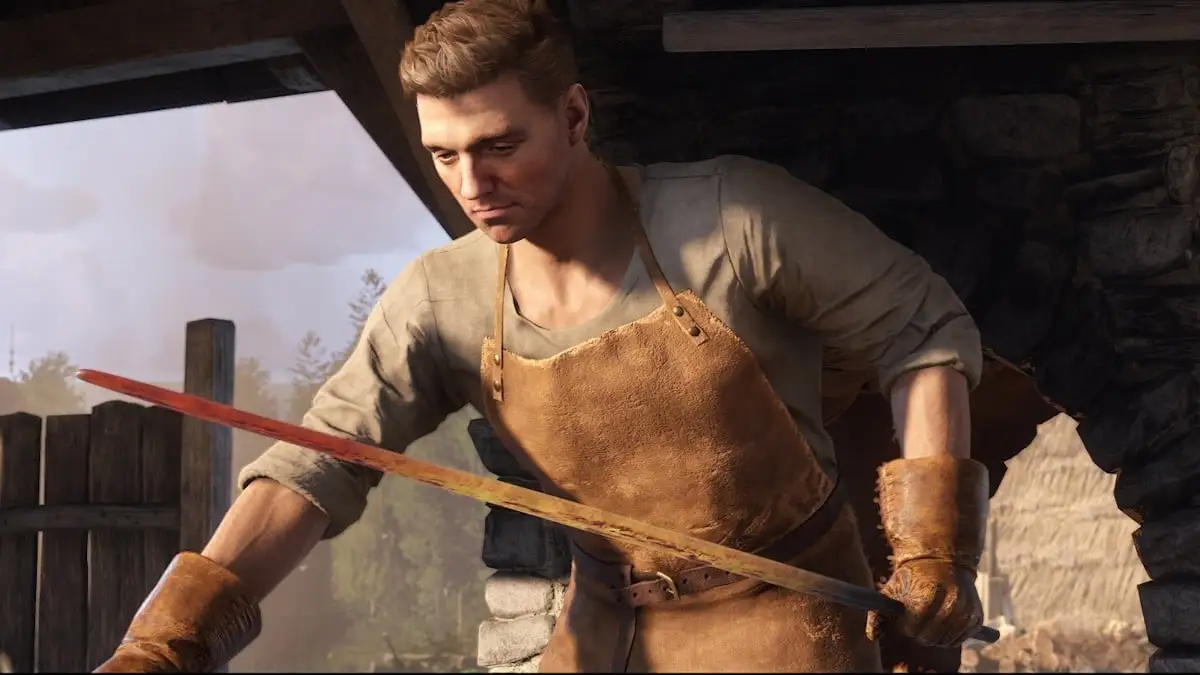Kingdom Come: Deliverance II, the highly anticipated sequel from Warhorse Studios, has landed, and it promises an unparalleled journey through medieval Bohemia. Following the events of the original game, this new installment elevates the role-playing game (RPG) genre by doubling down on what made its predecessor a hit, all while addressing previous criticisms. Let’s explore how this sequel has redefined the medieval RPG landscape.
Immersive Storytelling and Rich World-Building
In Deliverance II, players once again step into the shoes of Henry of Skalitz, where they are thrust into a tumultuous world ravaged by political intrigue and conflict. The narrative picks up where the first game left off, guiding players through a gripping tale filled with betrayal, revenge, and a quest for justice. The main storyline is engaging, with numerous side quests that weave seamlessly into the grander narrative, providing layers of depth and player choice, allowing for multiple endings and consequences based on the player’s decisions.
Detailed Graphics and Atmospheric Design
The visual fidelity of Kingdom Come: Deliverance II showcases stunning landscapes, from serene forests to bustling medieval towns. The attention to detail is breathtaking, capturing the essence of 15th-century life with realism that extends to every corner of its beautifully crafted world1. Players will find themselves wandering through intricately designed environments, immersing themselves in the historical authenticity that the developers have worked hard to convey.
The game’s audio design complements its visuals beautifully, featuring an immersive orchestral score that enhances both grand moments and quiet instances alike. The ambient sounds of the medieval world—be it the clashing of swords or the crackling of tavern fires—serve to pull players deeper into this historical experience.
Expanded Gameplay Mechanics
One of the standout features of Deliverance II is its refined gameplay mechanics. Combat has seen significant improvements, incorporating a five-way directional system that feels dynamic and responsive. The introduction of challenging new combat techniques rewards players who invest time mastering the intricacies of swordplay.
Additionally, the RPG elements have been expanded. Players must manage not only their combat skills but also their hunger, fatigue, and reputation within various communities. Every action has a consequence, deeply affecting Henry’s journey and how NPCs interact with him.
A Commitment to Realism
While Kingdom Come: Deliverance II excels in many areas, it remains committed to the realistic mechanics that characterized the first game. Players must eat, sleep, and carry out daily tasks that mirror the harsh realities of life in medieval times. This dedication, however, can present challenges, especially with a saving system that limits options and can lead to frustration after engaging and lengthy quests.
Conclusion: A Must-Play for RPG Fans
Overall, Kingdom Come: Deliverance II is a triumph in the realm of video games, presenting a compelling and immersive medieval RPG experience that players will find endlessly rewarding. While minor technical issues and certain design choices might deter some, the game’s strength lies in its intricate storytelling, expansive world, and the freedom it offers players to carve their destinies. It has established itself as an early favorite for game of the year, encouraging players to explore every nook and cranny of its meticulously crafted universe.
For fans of RPGs and historical narratives, Kingdom Come: Deliverance II stands out as a masterpiece, and it is a journey that is definitely worth your time and investment.







